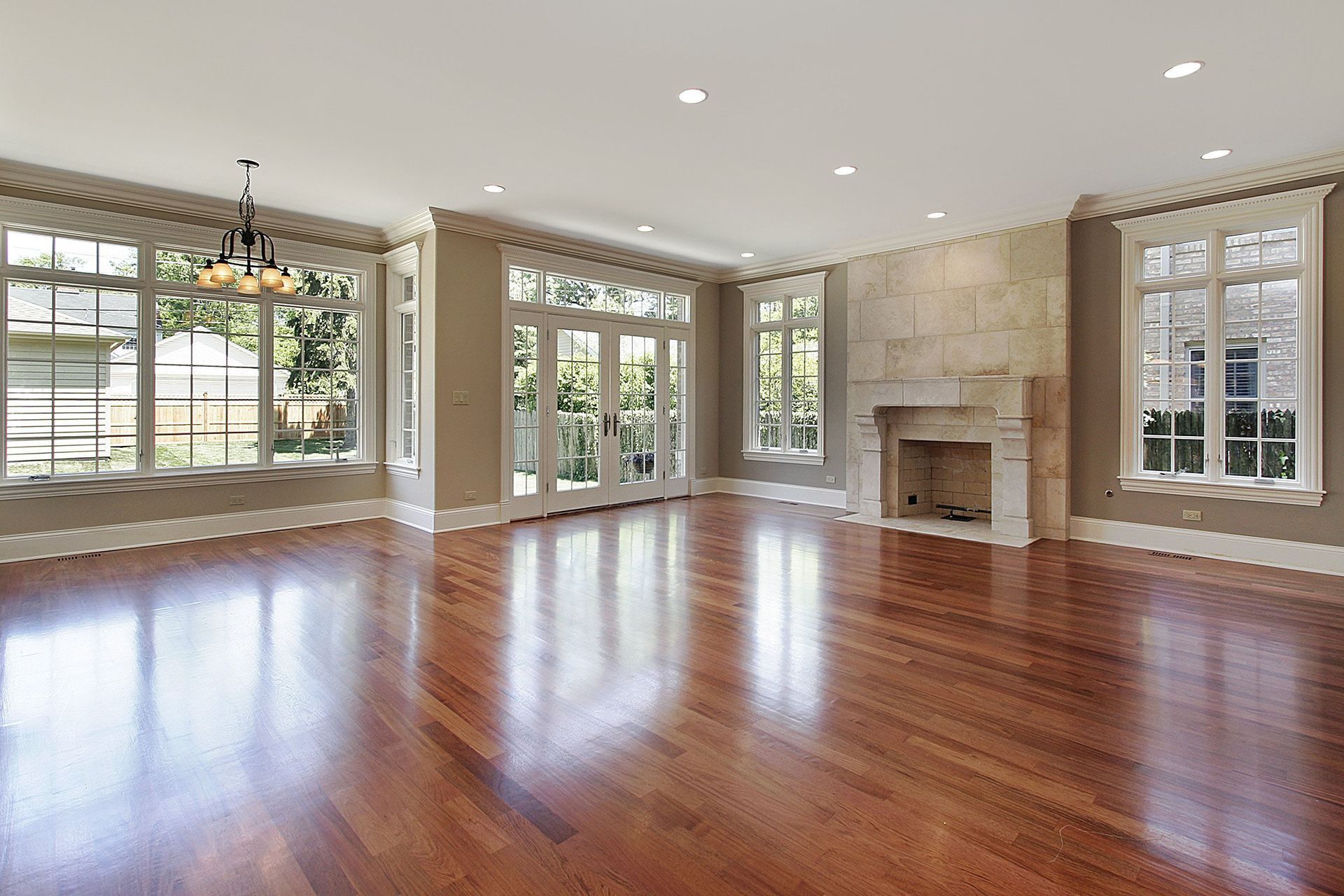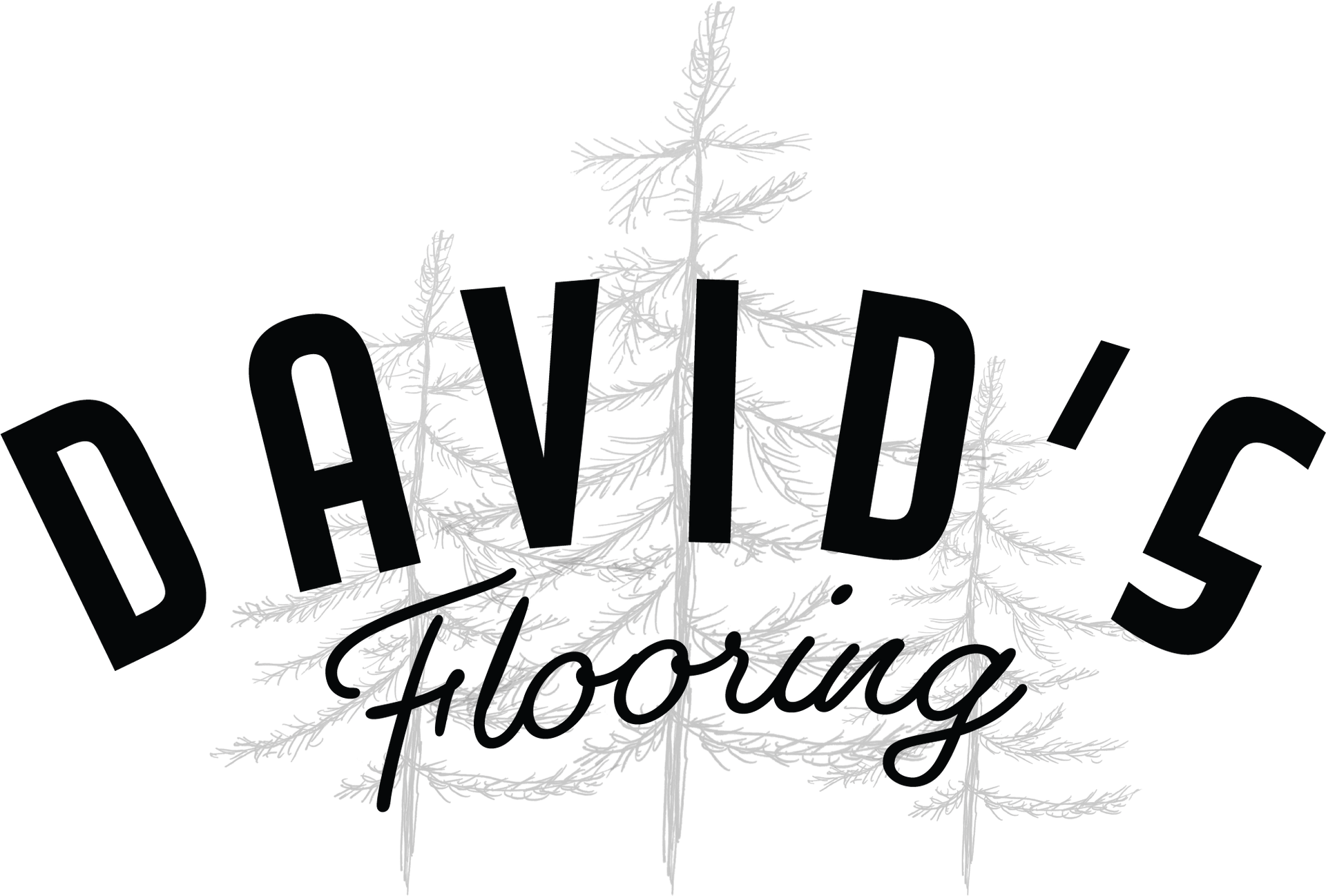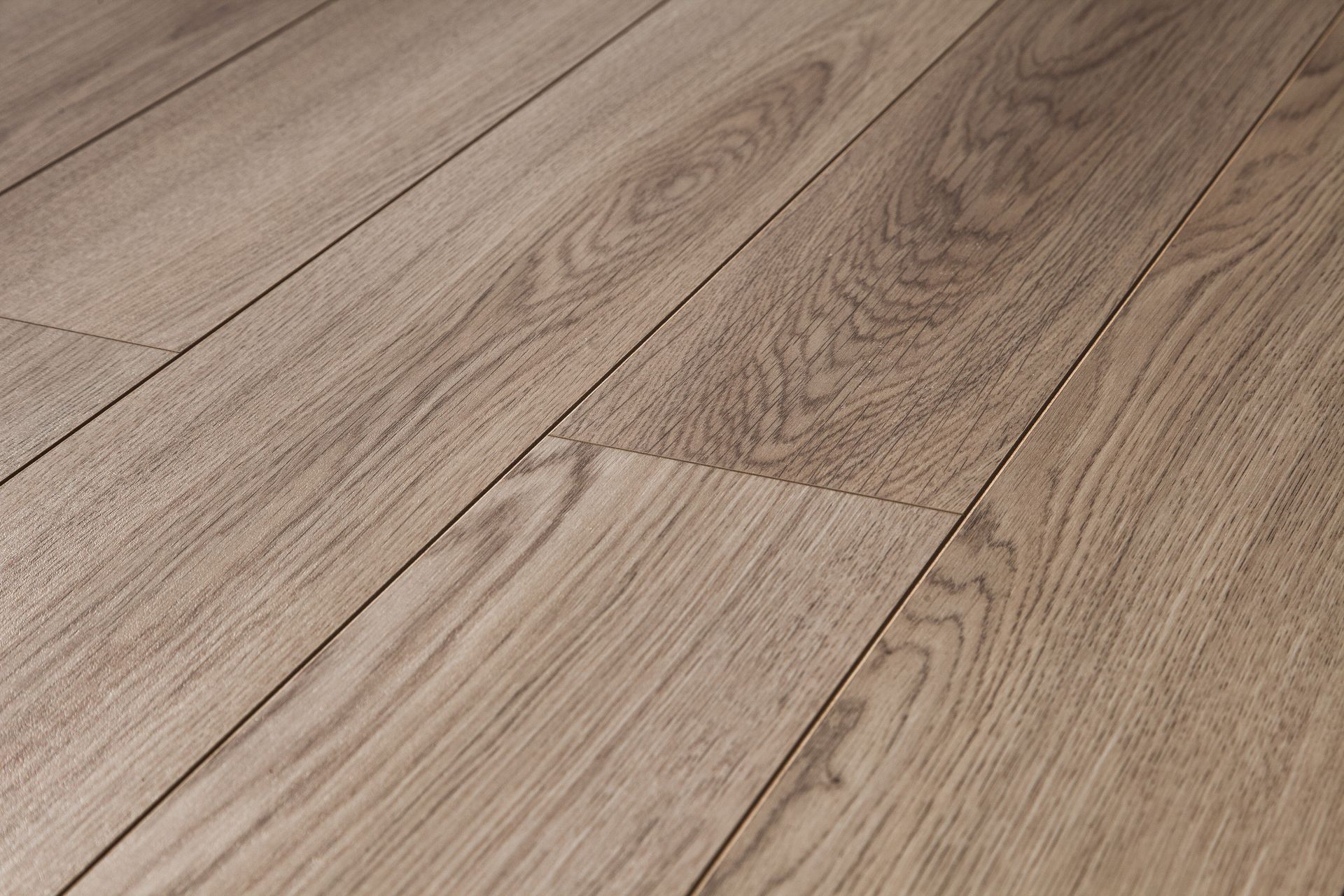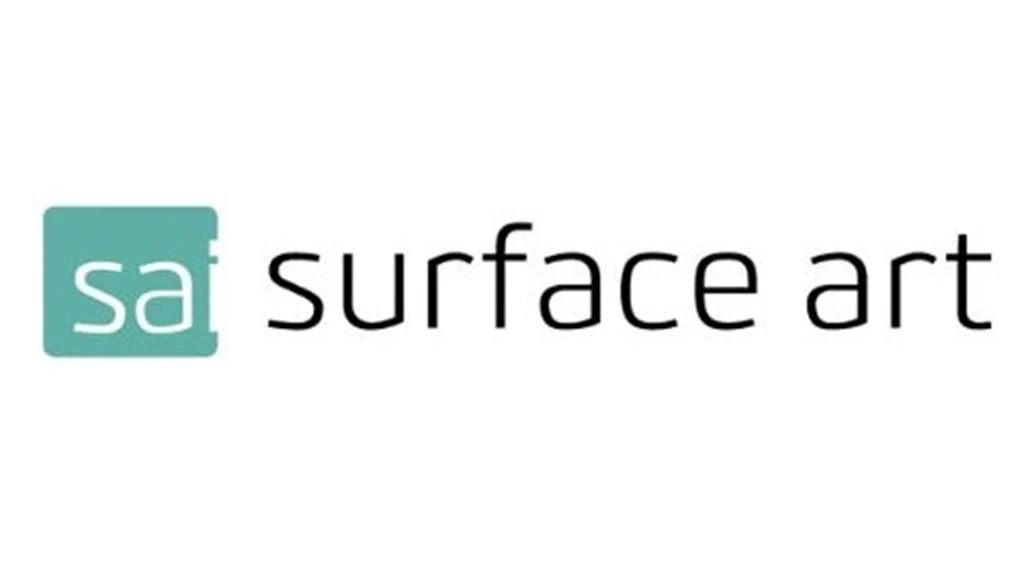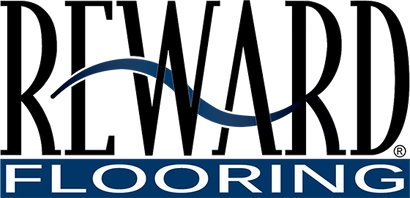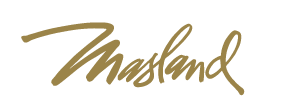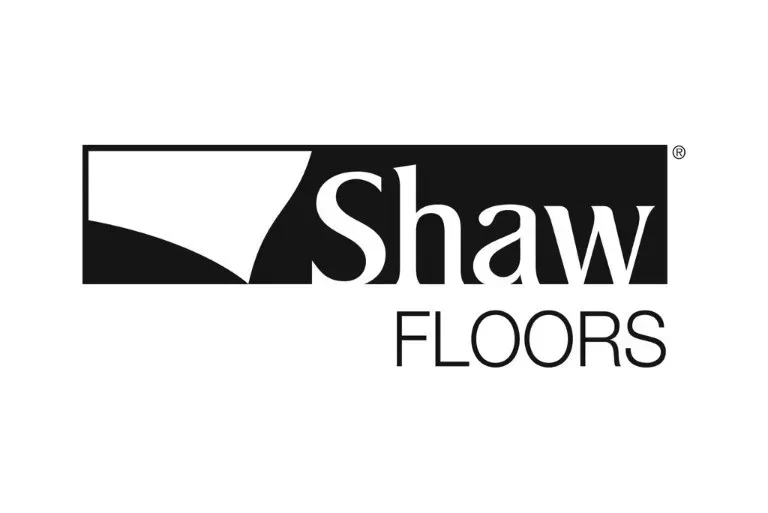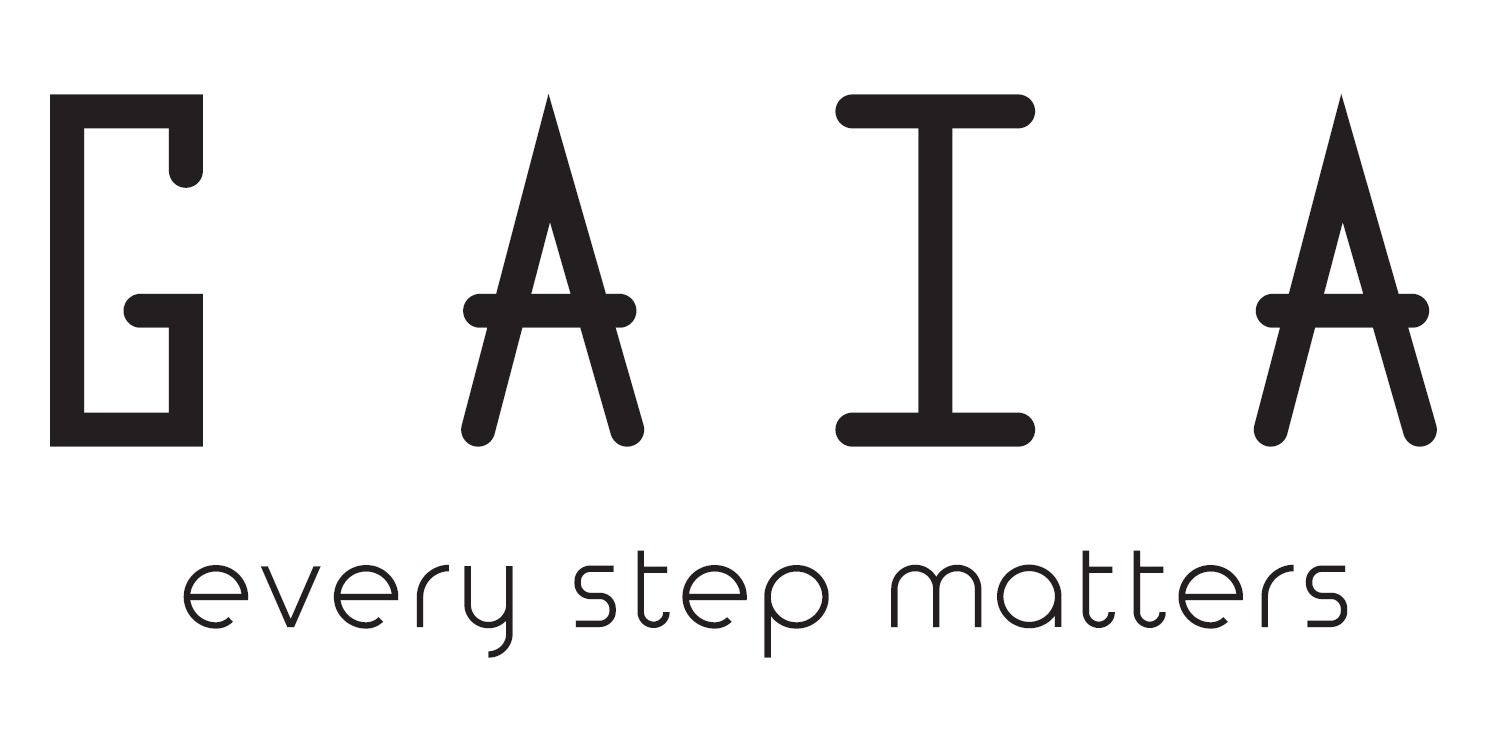Flooring is a cornerstone of home design, significantly impacting both aesthetics and functionality. The right flooring enhances a home’s beauty, complements its style, and ensures practicality for daily use. However, choosing and installing flooring can be fraught with challenges if not approached thoughtfully. From material selection to post-installation care, every step requires careful consideration to avoid costly errors. This article delves into common flooring mistakes homeowners make and offers practical guidance to sidestep them.
Choosing the Wrong Flooring Material
Choosing the right flooring material begins with understanding the specific requirements of each room. For instance, a kitchen has different needs compared to a bedroom due to factors such as moisture and stain resistance. It's crucial to align the flooring choice with the purpose and conditions of the space. Misunderstanding these requirements can lead to expensive and inconvenient mistakes. Therefore, taking the time to evaluate room necessities is an essential first step in flooring selection.
Equally important is the consideration of traffic levels that your flooring will endure. High traffic areas, such as hallways and living rooms, necessitate more durable materials like hardwood or tiles. Improper assessment here can lead to premature wear and significant repair costs. Maintaining accurate traffic level expectations helps in choosing materials that offer longevity and resistance to wear. According to All American Carpet Inc., luxury vinyl planks and laminate floors can last up to 25 to 30 years, but quality varies greatly with these floors.
Another aspect often overlooked in flooring selection is maintenance. Highly polished floors may look splendid, but they usually require more rigorous upkeep compared to low-sheen alternatives. Overlooking this can lead to dissatisfaction and unexpected maintenance chores. Furthermore, maintenance requirements should coexist with the homeowner's willingness and ability to sustain them. Therefore, evaluating both the material's aesthetic appeal and the ease of its maintenance is key to making a satisfactory choice.
Choosing the right flooring material begins with understanding the specific requirements of each room. For instance, a kitchen has different needs compared to a bedroom due to factors such as moisture and stain resistance. It's crucial to align the flooring choice with the purpose and conditions of the space. Misunderstanding these requirements can lead to expensive and inconvenient mistakes. Therefore, taking the time to evaluate room necessities is an essential first step in flooring selection.
Equally important is the consideration of traffic levels that your flooring will endure. High traffic areas, such as hallways and living rooms, necessitate more durable materials like hardwood or tiles. Improper assessment here can lead to premature wear and significant repair costs. Maintaining accurate traffic level expectations helps in choosing materials that offer longevity and resistance to wear. According to All American Carpet Inc., luxury vinyl planks and laminate floors can last up to 25 to 30 years, but quality varies greatly with these floors.
Another aspect often overlooked in flooring selection is maintenance. Highly polished floors may look splendid, but they usually require more rigorous upkeep compared to low-sheen alternatives. Overlooking this can lead to dissatisfaction and unexpected maintenance chores. Furthermore, maintenance requirements should coexist with the homeowner's willingness and ability to sustain them. Therefore, evaluating both the material's aesthetic appeal and the ease of its maintenance is key to making a satisfactory choice.
Poor Preparation and Surface Cleaning
Preparation is a pivotal stage in successful flooring installation, starting with examining the subfloor. A compromised subfloor can affect durability and comfort. It might lead to imperfections like uneven surfaces or cracking. Skipping this examination can jeopardize the entire flooring project. It's recommended to address any issues found in the subfloor before proceeding with the installation.
Moisture checks are another critical yet frequently omitted step. Excessive moisture can lead to mold growth and warping, especially in wood floors. This can severely degrade the integrity and appearance of your flooring. Ignoring such checks can result in failure and costly repairs. Always ensure proper moisture barriers and testing are implemented to combat these potential issues.
A clean surface is essential for the adhesive or finish of the flooring to bond correctly. Insufficient cleaning can result in an array of problems from adhesion failures to aesthetic imperfections. Additionally, failing to level the surface can lead to extended installation time and the need for post-installation fixes. Lastly, it's important to acclimate the flooring material to the room’s environment. Neglecting these preparatory measures can compromise the entire installation process.
Neglecting Professional Installation
Though DIY projects can be rewarding, underestimating the challenges of flooring installation is common. Many homeowners are enticed by the potential cost savings but find themselves overwhelmed by the complexity of the task. Mistakes in installation can lead to uneven surfaces and material wastage. Consulting with professionals often prevents these costly errors. Experts bring experience and precision that ensure a flawless result.
The importance of having the right tools cannot be overstated in flooring installation. Misjudging required tools can lead to delays and additional costs. Professionals generally have access to specialized equipment that speeds up the process with precision. Beginners often miscalculate the necessity of such tools, complicating what could be a straightforward installation. Investing in or renting appropriate tools is crucial to successful DIY flooring.
Overlooking professional skills is a common mistake in flooring projects. Even if a homeowner is handy around the home, flooring requires specific expertise. Experienced professionals are adept at handling complexities like patterned tile layouts or complex cuts. Skipping quality assurance steps that professionals would typically execute can lead to long-term issues. It's wise to consider both current skills and potential gaps when contemplating a DIY approach to flooring.
Incorrect Measurements and Layout
Correct measurements are foundational to a successful flooring project. Miscalculating square footage can result in shortages and delays. Such errors usually lead to increased costs, as additional materials may need to be ordered. A meticulous measuring approach ensures that you purchase the right amount of flooring. It can also improve efficiency by minimizing waste and reducing project duration.
Expansion gaps are an essential consideration that often gets neglected. These gaps allow for natural expansion and contraction of materials due to temperature and humidity changes. Ignoring this can result in buckling or gaps that spoil the floor's appearance. Ensuring proper spacing according to the manufacturer's instructions prevents these issues. Knowledge of expansion gaps protects your flooring from premature failure.
Another critical detail is aligning patterns correctly. Poor pattern alignment can disrupt visual continuity and aesthetic appeal. Planning material cuts beforehand can avert this problem and allow consistent flow across the flooring. This step is especially crucial in rooms with complex layouts. Considering light and space directionality also enhances not only the function but also the design of the flooring alignment in your home.
Inappropriate Use of Adhesives and Fasteners
Applying incompatible adhesives is a significant mistake that can compromise your flooring's stability and longevity. Different materials require specific types of adhesives to ensure proper adhesion and performance. Failing to select the correct adhesive may lead to separations and damage over time. Always adhere to the material's manufacturer's recommendations for the best results. Doing so secures your floor against future issues.
Similarly, the extent to which fasteners are used can vary depending on the flooring material. Overuse of fasteners can damage the material while underuse might lead to floor instability. The importance of following the manufacturer's guidelines for fastener use can't be overstated. Proper fastener application ensures that the flooring remains secure and performs optimally. It is another reason why expert consultation can be advantageous.
Time is crucial in allowing adhesives to cure fully. Skipping these curing times can severely impact adhesive strength, reducing flooring lifespan. Also, failing to install a moisture barrier when necessary can allow dampness to seep through, damaging the material. Proper adhesion and moisture management are objectives to keep in mind when adhering any flooring. Such detailed attention to manufacturer's guidelines will help in averting mistakes.
Inadequate Post-Installation Care
Disregarding immediate post-installation cleanup can leave behind residues that damage your flooring. Some materials are particularly sensitive and require special cleaning agents immediately after installation. Quick and correct cleaning allows adhesives or finishes to set properly without obstruction. Neglecting this stage could lead to compromised flooring resilience. Thus, acknowledging and performing necessary post-installation steps is crucial.
It's common for homeowners to pick incorrect cleaning products, inadvertently causing harm to their flooring. Each material type has its recommended cleaning solutions and methods. Using unsuitable products can strip finishes or cause discoloration, reducing the floor's visual appeal. It's advisable to consult professionals or read product guidelines for compatible cleaners. Frequent and correct cleaning helps in maintaining your floor's integrity.
Regular maintenance is essential to prolonging the life of flooring. Neglecting this can result in deterioration and the need for expensive repairs or replacements sooner than anticipated. Implementing protective measures like mats and pads can help mitigate wear and tear. Being attentive to early signs of damage, such as warping or fading, allows for prompt corrective actions. In doing so, beautiful, lasting floors become feasible goals.
Avoiding common flooring mistakes requires careful planning and attention to detail throughout the selection, installation, and maintenance processes. By understanding potential pitfalls and implementing the strategies discussed in this article, homeowners can achieve beautiful, durable flooring that enhances their living spaces. For assistance, reach out to David's Flooring of Seattle today!
